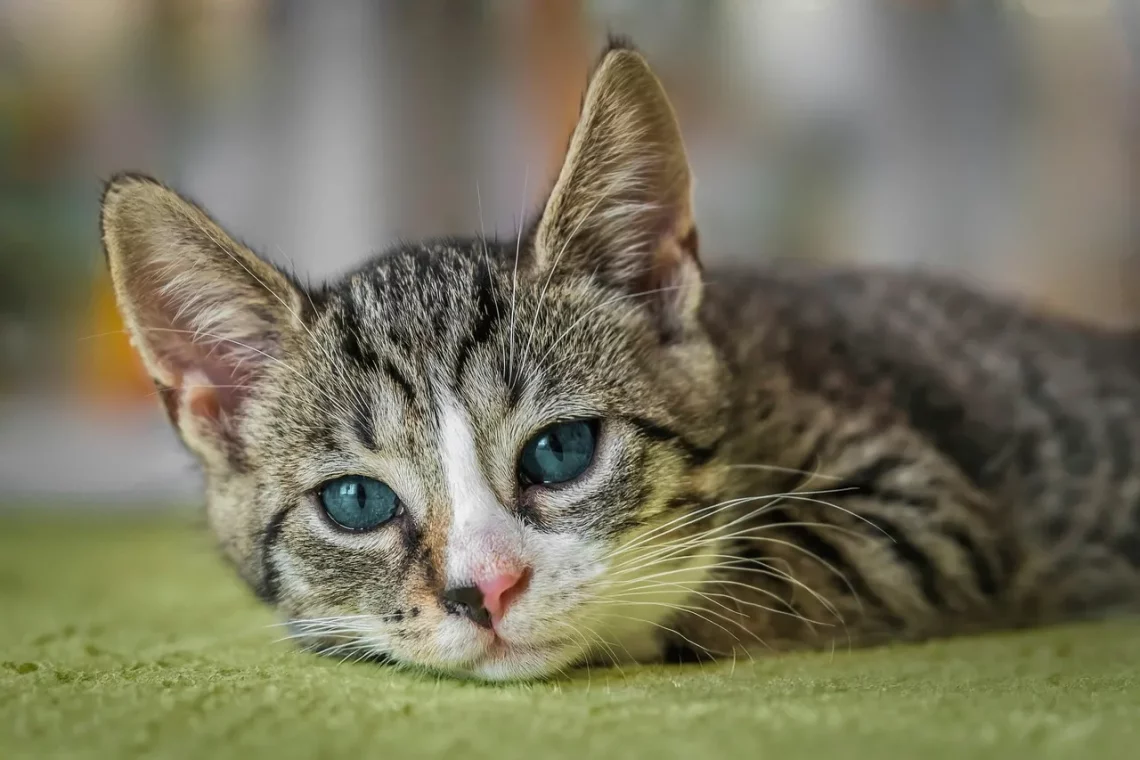
Effective No Scratch Cat Spray Solutions for Peaceful Living
Living with a cat can be an incredibly rewarding experience, bringing joy and companionship to your life. However, it can also present unique challenges, particularly when it comes to managing your feline friend’s natural instincts. One of the most common issues cat owners face is unwanted scratching, which can lead to damaged furniture, curtains, and even walls. This behavior is often rooted in a cat’s instinctual need to mark territory, sharpen their claws, or simply relieve boredom.
Fortunately, there are various solutions available to help you discourage this behavior while ensuring a harmonious environment for both you and your pet. From training methods to specialized products, the market offers a range of options designed to keep your home scratch-free without resorting to harsh measures. Understanding the underlying reasons for scratching can also pave the way for more effective solutions. As a cat owner, it’s essential to explore these options and find what works best for your furry friend. In this article, we will delve into effective no-scratch cat spray solutions and other strategies that promote peaceful living with your beloved pet.
Understanding Cat Scratching Behavior
To effectively address the issue of scratching, it’s crucial to first understand why cats engage in this behavior. Scratching serves several important functions for cats. It helps them keep their claws healthy and sharp, allows them to stretch their muscles, and is a means of marking territory with scent glands located in their paws. Understanding these natural instincts can help you manage your cat’s behavior more effectively.
Cats are territorial creatures by nature. When they scratch, they not only maintain their claws but also leave visual and scent marks to communicate with other animals. If your cat is scratching furniture or walls, it may be attempting to assert its dominance over the space. This is particularly common in multi-pet households, where competition for territory can lead to increased scratching.
Boredom can also contribute significantly to unwanted scratching. Cats are playful and curious animals that require mental stimulation and physical activity. If they lack adequate playtime or interactive toys, they may turn to your furniture as an outlet for their energy. Providing engaging alternatives is essential for preventing destructive scratching.
Lastly, stress or anxiety can exacerbate scratching behavior. Changes in the household, such as a new pet, a move, or even alterations in routine, can unsettle a cat and lead to increased scratching as a coping mechanism. Recognizing the triggers for your cat’s anxiety can help you implement appropriate solutions.
By understanding the reasons behind scratching, you can approach the problem with empathy and formulate a comprehensive plan that addresses the root causes rather than just the symptoms.
Choosing the Right No Scratch Cat Spray
When it comes to finding an effective no-scratch cat spray, it’s essential to choose a product that is both safe and effective. Many sprays on the market contain natural ingredients designed to deter cats from scratching specific surfaces. These sprays typically use scents that cats find unpleasant, such as citrus or certain herbal elements.
Before purchasing a spray, consider your cat’s preferences and sensitivities. Some cats may be more responsive to certain scents than others, so it may take some trial and error to find the right product. Look for sprays that are labeled as non-toxic and safe for use around pets and children. This is particularly important if your cat is known to lick or nibble on surfaces that have been treated with a spray.
Application is another key factor to consider. Most no-scratch sprays are easy to use; simply spray the affected area according to the manufacturer’s instructions. Consistency is crucial when using these products. You may need to reapply the spray regularly, especially after cleaning the area or if it rains.
In addition to commercial options, some cat owners prefer DIY solutions. A simple mix of water and lemon juice can create a natural deterrent, as many cats dislike the smell of citrus. However, always test any homemade solution on a small, inconspicuous area first to ensure it won’t damage your furniture.
Ultimately, the right no-scratch spray can be an effective tool in your arsenal against unwanted scratching, but it should be used in conjunction with other strategies for the best results.
Implementing Training Techniques
In addition to using no-scratch sprays, implementing training techniques can help modify your cat’s behavior over time. Positive reinforcement is a powerful method for teaching your cat what is acceptable to scratch and what is not.
Start by providing your cat with designated scratching posts made from materials they enjoy, such as sisal or cardboard. Place these posts in areas where your cat typically scratches. Whenever your cat uses the scratching post instead of your furniture, reward them with treats or affection. This will help them associate the scratching post with positive outcomes.
If you catch your cat scratching furniture, gently redirect them to the scratching post. Avoid yelling or using physical punishment, as this can create fear and anxiety, making the problem worse. Instead, use a calm voice to guide them and encourage them to use the appropriate outlet.
Consistency is key in training. Make sure all household members are on the same page regarding acceptable behavior and reinforcement. Over time, with patience and repetition, your cat can learn to prefer their scratching post over your furniture.
Additionally, enriching your cat’s environment can significantly reduce unwanted scratching behavior. Interactive toys, climbing trees, and regular play sessions can keep your cat mentally and physically stimulated, decreasing the likelihood of scratching out of boredom or frustration.
Creating a Cat-Friendly Environment
Creating a cat-friendly environment is essential for minimizing scratching and ensuring your cat feels secure and happy in your home. Start by providing multiple scratching options throughout your living space. Cats often enjoy scratching vertically and horizontally, so a mix of scratching posts, pads, and boards can cater to their preferences.
Position scratching posts in high-traffic areas where your cat spends most of their time. This not only encourages use but also helps them feel more secure in their territory. If space allows, consider placing a scratching post near your furniture that they tend to scratch. This can help redirect their behavior without feeling confined.
In addition to scratching options, consider your cat’s overall environment. Provide cozy hiding spots, climbing structures, and interactive toys to keep them engaged. Cats are naturally curious, and offering vertical spaces to explore can help satisfy their instincts and reduce stress.
It’s also important to minimize stressors in your household. If possible, create a quiet space where your cat can retreat when feeling overwhelmed. This could be a designated room with their bed, litter box, and food and water bowls. Reducing environmental stressors can significantly impact your cat’s behavior and overall well-being.
Regular grooming can also help alleviate any discomfort that could lead to scratching. Keeping your cat’s claws trimmed and ensuring they are free from mats and tangles can make them more comfortable and less likely to scratch out of frustration.
By creating a supportive and stimulating environment, you can help your cat thrive while minimizing unwanted scratching behavior.
**Disclaimer:** This article is for informational purposes only and does not constitute medical advice. If you have health concerns about your pet, please consult a veterinarian.




